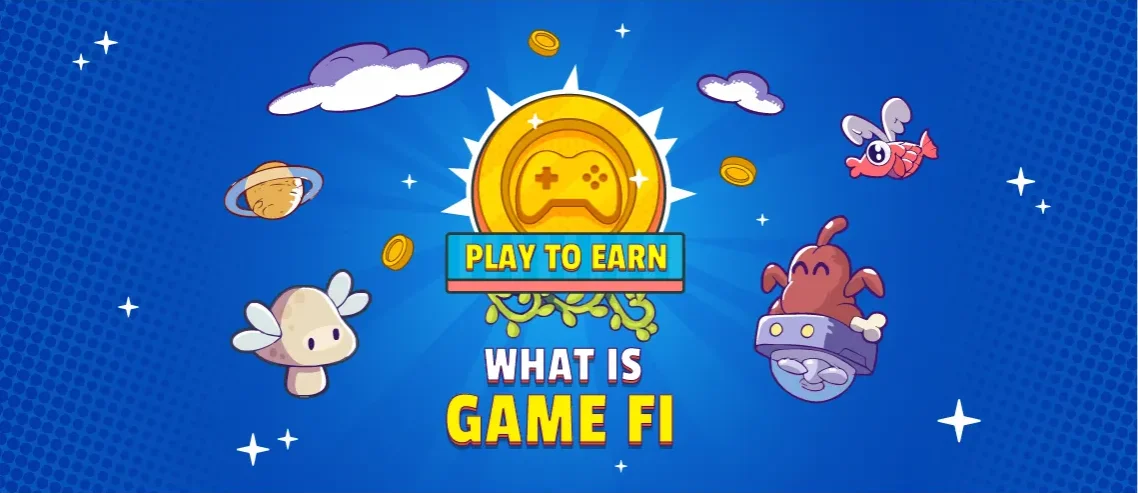What is GameFi and how is it classified?
GameFi is one of the hottest topics in the digital currency market right now. Sales of more than $1 billion in Axie Infinity game assets have caught everyone’s eye, and we are now seeing giants like Ubisoft and Atari enter the blockchain gaming industry.
In this blog post, you will get acquainted with the concept of GameFi. But before talking about the main topic, let’s look at the term in simple language. Then we describe its features and categories.
What is GameFi?
GameFi is a combination of the terms “game” and “finance” and is one of the trendiest buzzwords in the crypto land. It refers to the gamification of financial systems to generate profit via play-to-earn cryptocurrency games.
How does GameFi work?
Different GameFi projects often share a few characteristics. In-game assets like avatars, land, clothes, weapons, currency, tokens, and pets are represented as NFTs. Game players acquire these things through gameplay and may trade them on NFT marketplaces or exchange them for cryptocurrencies, which can then be converted into fiat money.
What are the different types of GameFi?
Today, GameFi is implemented in various forms, and the monetization mechanisms in games are different. However, there are three essential agents that blockchain games use with a combination of the following features:
Players receive a digital currency reward in some by completing the game mission. These rewards are usually in the form of native tokens on various platforms, For example, SAND tokens in the sandbox platform or ZPI token in ZipClash game. These tokens are stored in a smart contract and are usually on the Ethereum blockchain.
- Non-Fungible-Tokens
Many blockchain games today are tied to non-fungible tokens or NFTs. You can create your own NFTs by creating a land, making a new outfit or avatar and then selling it on a NFT marketplace. Also, ownership of these assets can be verified in-game with NFT tokens. Some games also allow you to sell the NFTs on third party marketplaces like OPENSEA or RARIBLE.
- Defi
The third type of GameFi uses concepts from decentralized finance sector. They use methods such as field farming, liquidity extraction, and staking to reward the users with profit. However, Defi and GameFi are not entirely separate and, in many cases, overlap. The Aavegotchi and Nine Chronicles, for example, use these methods.
Best GameFi Protocols
Although early gameplay titles used the bitcoin blockchain, most modern games are developed on smart contract networks. Ethereum, meanwhile, is the most-popular blockchain on smart contracts. Developers and gamers mostly prefer Ethereum because of its easy to access code and fast integration with other complementary services. However, Ethereum is not without its flaws. Since Ethereum first priority is decentralization and security it might not be fully optimized for high speed and performance.
For these reasons, many developers have moved to faster, higher-capacity networks such as Solana. Some of the most critical networks for gameplay development are:
- Polygon
- Solana
- Wax
- Polkadot
- Binance Smart Chain BSC
ZipClash, A GameFi revolution like no other!
ZipClash is an idle/clicker play2earn game with an easy-to-play platform that was developed to revolutinze the GameFi sector. The Play-to-Earn model will receive the largest share of token allocation. As a result, 45 percent of the token distribution is given to the Play-to-Earn model, a continuous commitment to the gaming community that encourages more people to play and is used to award rewards and presents.


Comments
Leave a Comment